 Thomas Maxwell Fiske Timberman of Chestertown, MD died on March 18, 2025, at Inova Fairfax Medical Center in Virginia. He was 84.
Thomas Maxwell Fiske Timberman of Chestertown, MD died on March 18, 2025, at Inova Fairfax Medical Center in Virginia. He was 84.
He was born in Georgia on October 6, 1940, the son of the late Thomas and Virginia Fiske Timberman.
He attended Georgetown University where he earned his Bachelors and J.D. Degree. After finishing law school, he began his career with the Foreign Service.
Tom’s first assignment was in Switzerland, then he went to Vietnam and the Philippines. He continued his service in Norway and Vienna where he worked on the S.A.L.T. negotiations. Later in his career Tom attended the Kennedy School of Government at Harvard. He married Judith Lang in 1988.
He was soon off again to take a post in India, spending two years as Consul General in Chennai before retiring. After retirement Tom served as temporary Charge’ d’ affaires in Equatorial Guinea before returning to Washington D.C. Tom and Judy moved to Rock Hall, MD in 1996 and later to Chestertown, MD. In 2005 he worked as a contractor with Deloitte in Afghanistan and Iraq, embedded as a civilian contractor working with the government. He also worked with the OSCE (Organization for Security Cooperation in Europe) in Croatia and Bosnia.
He was a member of Madras Rotary Club in India, Metropolitan Club of Washington D.C., Chevy Chase Club, DACOR Bacon House, Kent County Democratic Central Committee, and ran for Kent County Commissioner. He enjoyed writing and was a longtime contributor to The Chestertown Spy.
In addition to his wife, Judith Lang, he is survived by a sister, Virginia Timberman Callaghan, along with two nieces and a nephew.
A memorial service will be held at a later date to be announced.
In lieu of flowers contributions may be made to the Animal Care Shelter for Kent County 10168 Worton Rd. Worton, MD 21678 or https://acskc.org/support/general-donation/







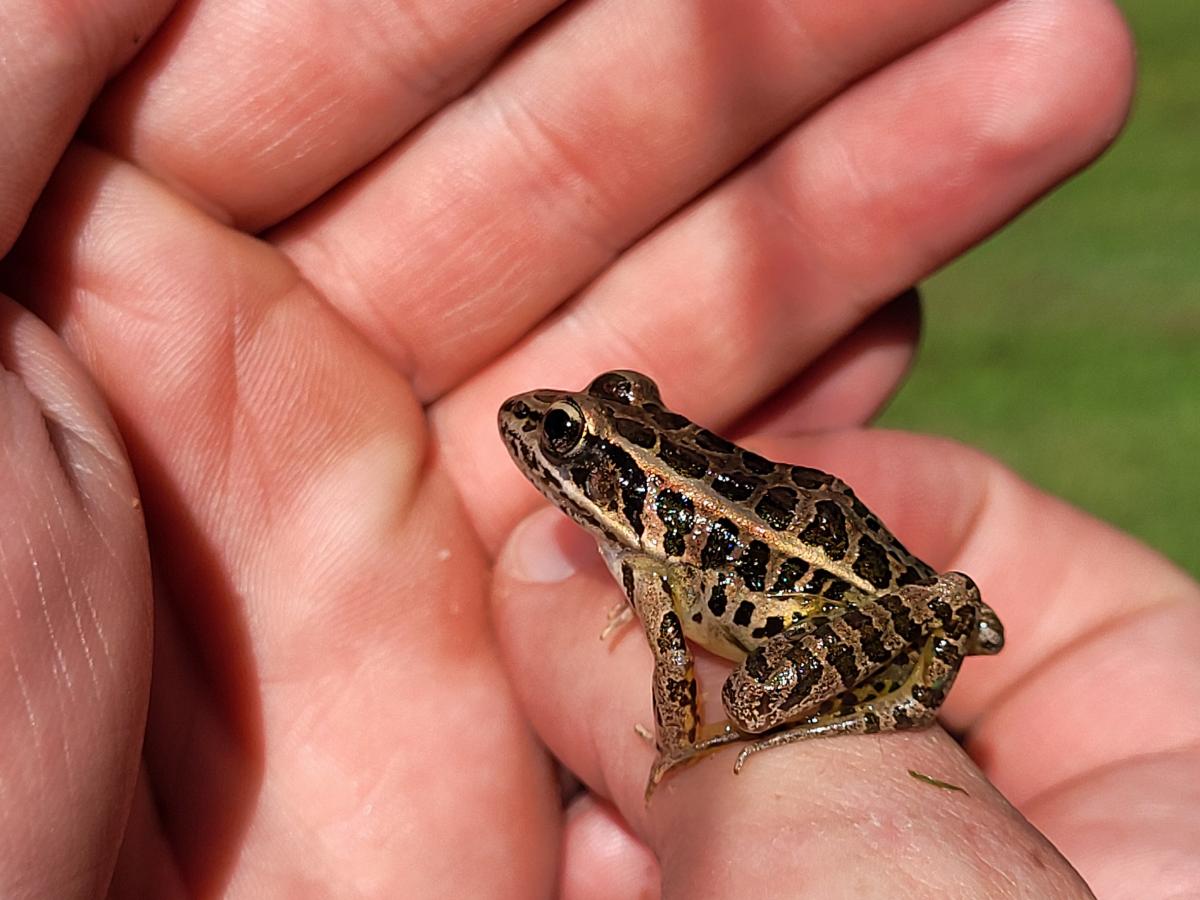 Last week, we asked you about lespedeza or silky bush clover (Lespedeza cuneata). Lespedeza is considered invasive because it is non-native and forms dense patches in meadows and forest edges outcompeting native plants. This invasive lespedeza tends to have white blooms with purple centers. There is a native species (Lespedeza virginica) with pink flowers that is helpful in providing cover and food for birds in the winter. Lespedeza is a nitrogen fixing legume (Fabaceae), so it is very effective at growing in nutrient-deficient or disturbed soils.
Last week, we asked you about lespedeza or silky bush clover (Lespedeza cuneata). Lespedeza is considered invasive because it is non-native and forms dense patches in meadows and forest edges outcompeting native plants. This invasive lespedeza tends to have white blooms with purple centers. There is a native species (Lespedeza virginica) with pink flowers that is helpful in providing cover and food for birds in the winter. Lespedeza is a nitrogen fixing legume (Fabaceae), so it is very effective at growing in nutrient-deficient or disturbed soils.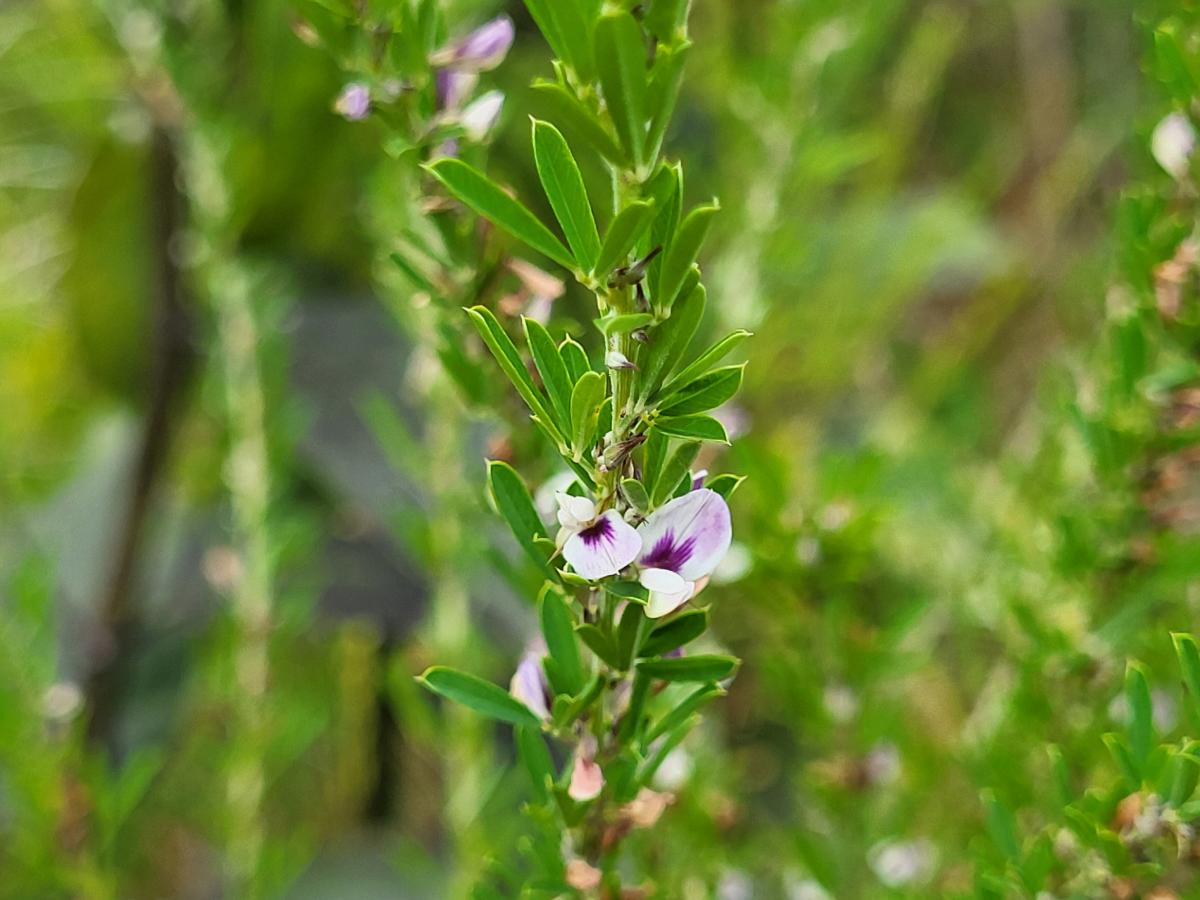 Adkins Mystery Monday is sponsored by the Spy Newspapers and Adkins Arboretum. For more information go
Adkins Mystery Monday is sponsored by the Spy Newspapers and Adkins Arboretum. For more information go 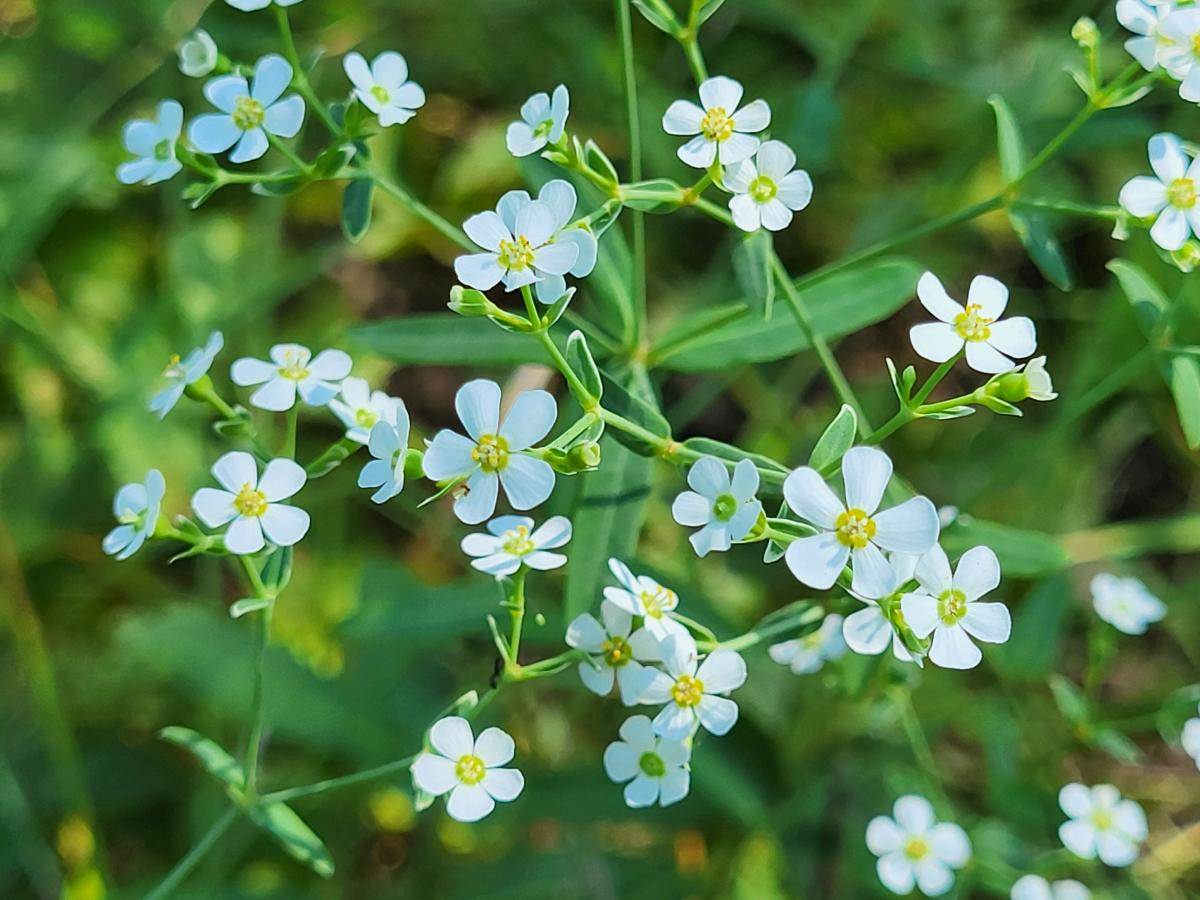 Last week, we asked you about the variegated fritillary caterpillar (Euptoieta claudia)! This red, black, and white caterpillar will transform into a beautiful orange butterfly with patterns of black and brown. The variegated fritillary uses passionflower (in addition to mayapples and violets) as a host plant. If you find yourself at Emily’s Play Garden, watch for these butterflies and you may even see them laying their eggs on the leaves. Just remember that their genus name comes from the Greek word meaning “easily scared,” so be quiet and gentle while you observe.
Last week, we asked you about the variegated fritillary caterpillar (Euptoieta claudia)! This red, black, and white caterpillar will transform into a beautiful orange butterfly with patterns of black and brown. The variegated fritillary uses passionflower (in addition to mayapples and violets) as a host plant. If you find yourself at Emily’s Play Garden, watch for these butterflies and you may even see them laying their eggs on the leaves. Just remember that their genus name comes from the Greek word meaning “easily scared,” so be quiet and gentle while you observe.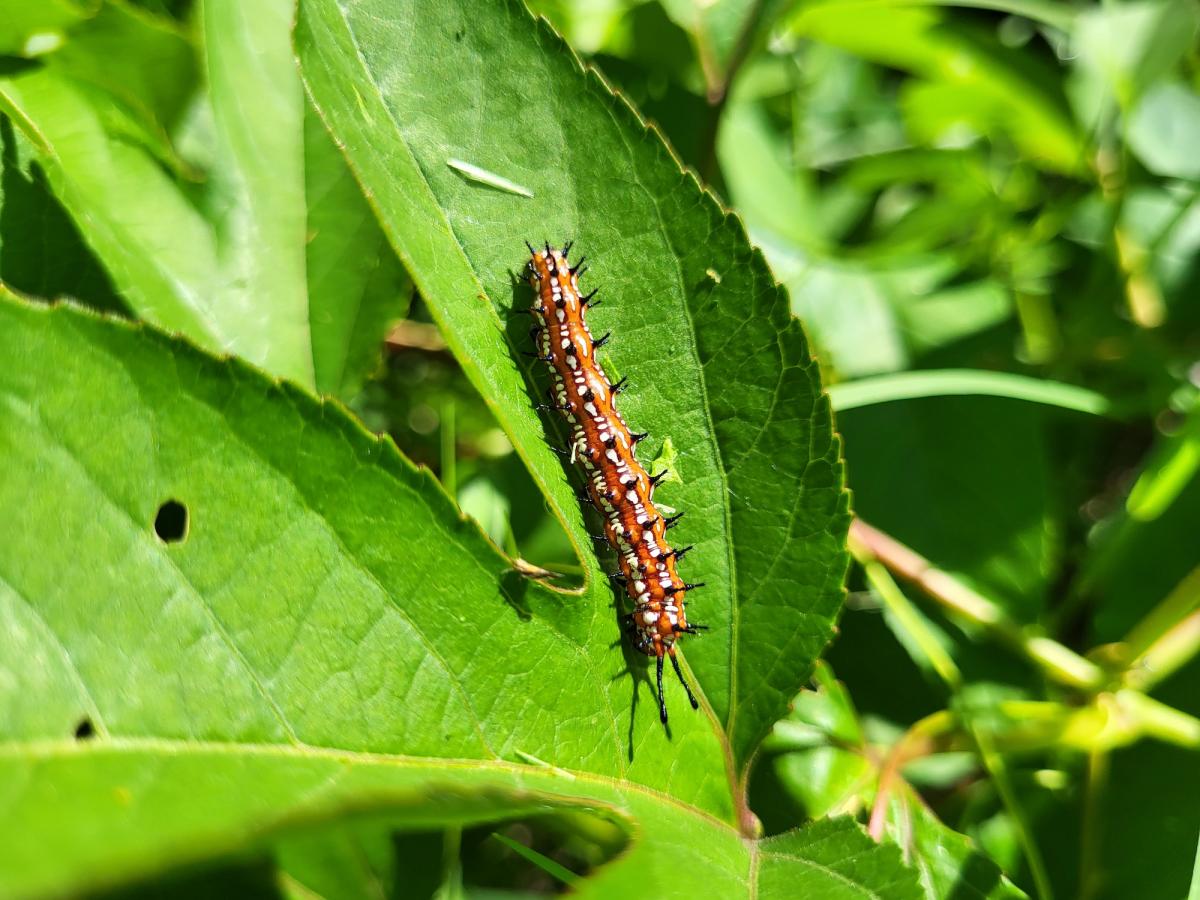 Adkins Mystery Monday is sponsored by the Spy Newspapers and Adkins Arboretum. For more information go
Adkins Mystery Monday is sponsored by the Spy Newspapers and Adkins Arboretum. For more information go  Last week, we asked you about the tussock moth (Halysidota sp.). Sycamore tussock moths (Halysidota harrisii) appear identical to banded tussock moths (Halysidota tessellaris) and without a close look at some anatomical features, we can’t be sure which species this is. The American sycamore appears to be a host plant for both species. There are many species of tussock moths whose hairs are used as a defense mechanism, some of which can sting or cause a rash. So, keep in mind that these “fuzzy wuzzy” caterpillars may look cuddly, but best to let them be.
Last week, we asked you about the tussock moth (Halysidota sp.). Sycamore tussock moths (Halysidota harrisii) appear identical to banded tussock moths (Halysidota tessellaris) and without a close look at some anatomical features, we can’t be sure which species this is. The American sycamore appears to be a host plant for both species. There are many species of tussock moths whose hairs are used as a defense mechanism, some of which can sting or cause a rash. So, keep in mind that these “fuzzy wuzzy” caterpillars may look cuddly, but best to let them be.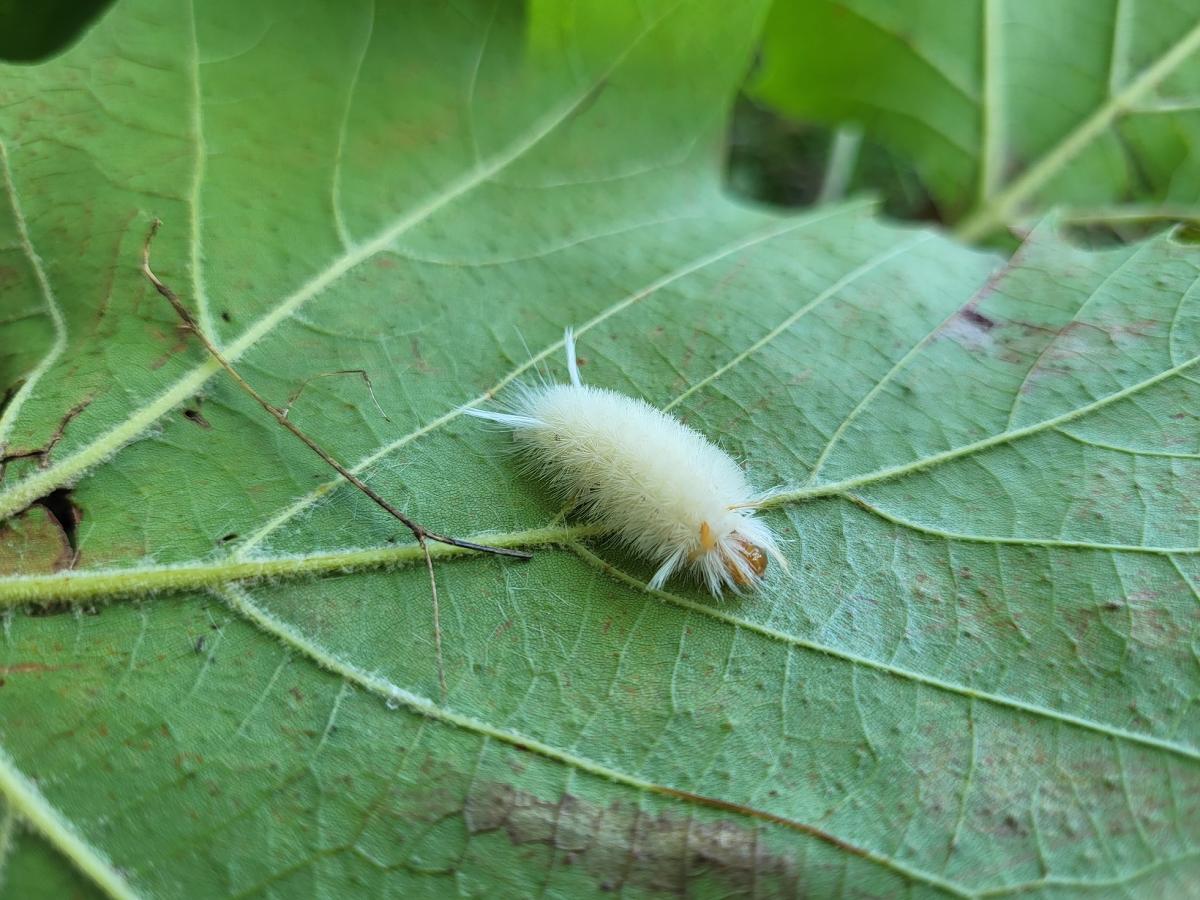 Adkins Mystery Monday is sponsored by the Spy Newspapers and Adkins Arboretum. For more information go
Adkins Mystery Monday is sponsored by the Spy Newspapers and Adkins Arboretum. For more information go  Last week, we asked you about spotted knapweed (Centaurea stoebe). Spotted knapweed is an invasive plant that tends to grow in disturbed and nutrient-deficient soils. Each plant can produce between 1,000 to 20,000 seeds each year, so it is important to prevent it from setting seed! Every summer, we control the knapweed by manual removal and mowing to allow the areas to seed in with the desirable native meadow species.
Last week, we asked you about spotted knapweed (Centaurea stoebe). Spotted knapweed is an invasive plant that tends to grow in disturbed and nutrient-deficient soils. Each plant can produce between 1,000 to 20,000 seeds each year, so it is important to prevent it from setting seed! Every summer, we control the knapweed by manual removal and mowing to allow the areas to seed in with the desirable native meadow species.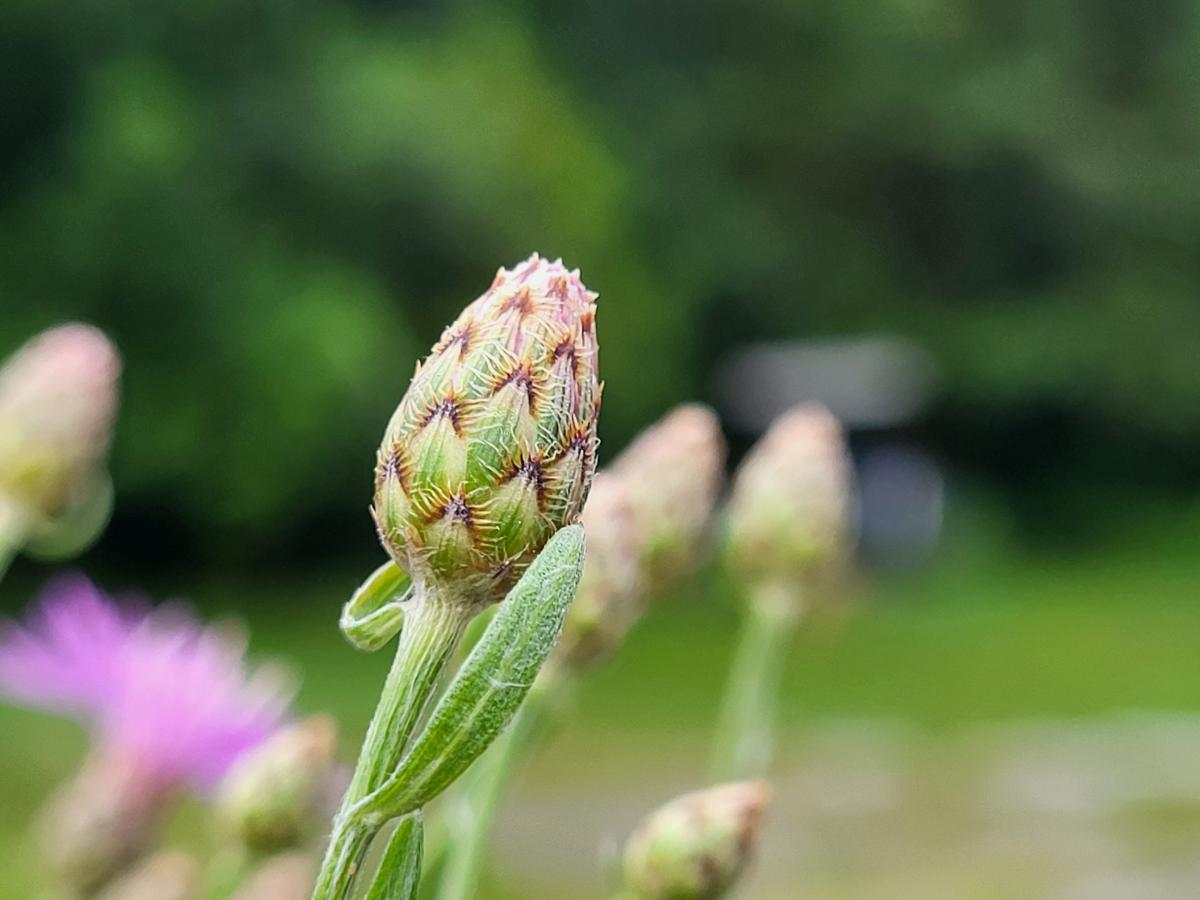 Adkins Mystery Monday is sponsored by the Spy Newspapers and Adkins Arboretum. For more information go
Adkins Mystery Monday is sponsored by the Spy Newspapers and Adkins Arboretum. For more information go